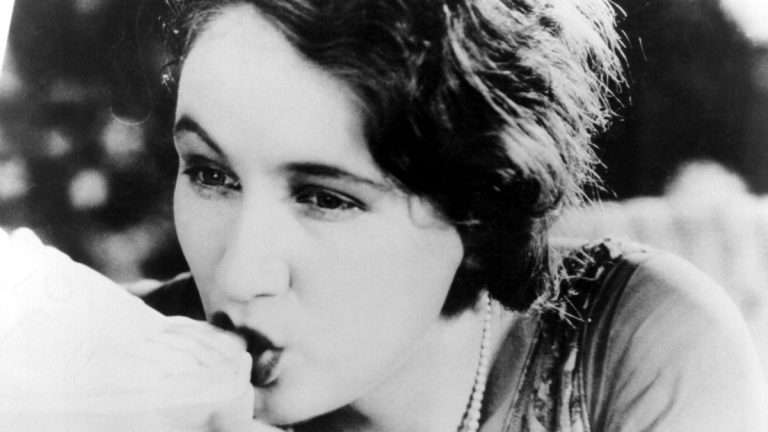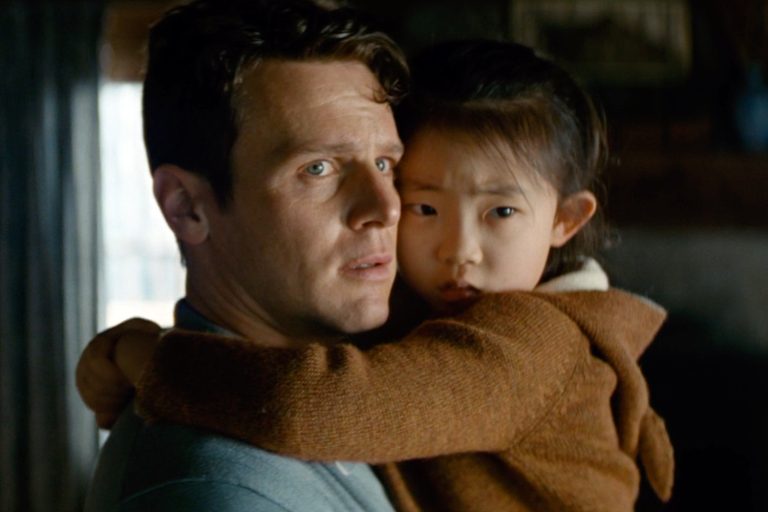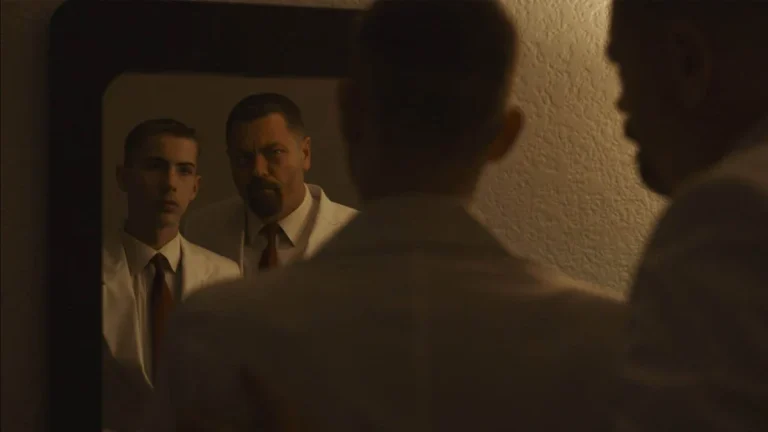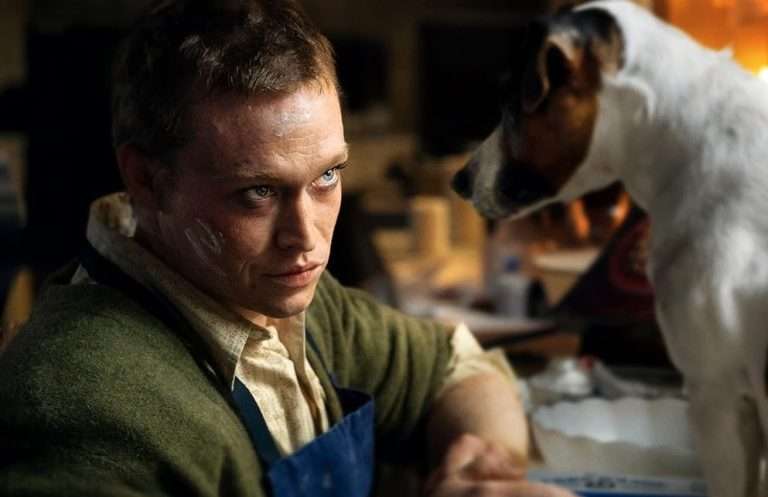M (1931) still gives me the creeps, not only because it’s scary but it made me think about topics that many people would call “icky”. The film is a timeless classic which was declared by Fritz Lang, the director himself to be his magnum opus and is now widely considered as one of the greatest films of all time and its influence can be seen in most crime and thriller films that came after it.
In simple terms, the film takes place in Berlin and tells the story of a serial killer called Hans Beckart who starts murdering children and we see how his crimes affect the people who are living there. The screenplay is written by Lang himself with his wife Theo Von Harbou and they surprisingly take a neutral stance towards the story they are telling. Yes, there is a serial killer on the run who is killing children, but when you talk about whose perspective we are seeing and experiencing this film though, it’s everyone.
Related Read to M (1931) : 10 Classic Black and White Horror Films That Still Hold Up
We first see how the common public reacts to this serial killer with fear and paranoia, then we see what the law enforcement is trying to do about this but now, and this is where the film shines as a prime example of creating three-dimensional characters who feel exaggerated but have enough realism at the same time, creating this uncanny feel. We see the perspectives of both serial killer and other criminals who operate in the same space, be it committing less heinous crimes than the serial killer. By this, it feels like Lang and Von Harbou are allowing the audience to make their own judgments as we are the only ones who are seeing and witnessing all of these points of view together with our omnipresence over the film. Thus, the structure of the screenplay is still unique and idiosyncratic from today’s standards.
From this let us come to the characters, specifically Hans Becket the previously mention serial killer. The way Beckert is portrayed in this film is really interesting because it’s not how we the audience is usually expected to see serial killers as the film uses its shifting perspective as an advantage. When we follow Beckart as he walks through the streets trying to find his next victim, it is clearly shown to us that he is not a mentally stabled man, he has issues. By the way, Beckert is portrayed brilliantly by Peter Lorre who expresses the complex emotion of his character so well; the way he uses his eyes to communicate the anguish his character is having is just brilliant. But before we move ahead, let just take a necessary detour about the technical and creative choices this film makes.
Also Read: 10 Great Movies From Around The World
This film is also known for using sound not only as something to enhance the viewing experience but also as a narrative tool, which was rare during the time it was released. Beckart a lot of time is not shown on the screen but his presence is indicated by the song he is whistling which is “In the hall of the mountain king”, and throughout his heinous acts we hear this whistling, which later ties into the plot as it becomes the reason of his capture as the people identified him through his habit of whistling. But the whistling can be also seen as something more than that; we can see it as the anguish of not being able to control primal urges inside his mind. Not only this we can also say that the film lacks a soundtrack and more relies on the ambiance and sound design, which again was rare for its time.
![M [1931]](https://79468c92.delivery.rocketcdn.me/wp-content/uploads/2022/01/M_1931_thumbnail.jpg)
The cinematography of film can be seen as an entity in itself floating through the city showing us the viewers the different perspective on the people. The camera also focuses on shadows, specifically Beckart’s shadow, which signifies that darkness in a human being that can be seen easily if notice but gets generally ignored by people. Okay, now let’s talk about the other three prominent characters in the film, the public, the police, and the criminals. And you can even say that when all they come together, they become one character, which is society.
To me the most interesting one out of these three would the characters of the criminal underworld because you would think that Beckart is a serial killer, thus putting him in the category of a criminal but no, in Fritz Lang’s world, criminals also have a code of conduct and a sense of morality, thus distorting the sense of objectivity in morality more and making it ambiguous for the audience.
Related Read to M (1931): Mindhunter (2017-): An Engrossing Crime Drama Series on the Phenomenon of Serial Murderer
This all culminates in a Kangaroo court which basically means that the criminals and the public created their own court in which Beckart will be judged and punished accordingly. It is fascinating to see that the criminals and the public are working together towards justice and didn’t want the law enforcement to get involved who gives out the “real” justice if that kind of justice is still different from what they are doing. Thus, blurring the line about what is justice and what is not.
As the Kangaroo court proceeding moves further we find out that Hans Beckart is a man dealing with issues that he cannot control, so in this way, he pleas is more morally superior to the criminals who are trying to capture him as they do what they do by their own volition. In the end, Beckart gets arrested by the law enforcement as the kangaroo court was not able to complete their proceeding and we are not given a definite answer to what happened next, we just see a weeping mother crying about her dead children and saying to us the audience “All of you” before everything fades to black.
Also, Read: 15 Movies That Take Place Within 24 Hours
The film is more interested in understanding difficult questions, than finding easy answers. The themes in this film can also be seen from a topical point, the film was released during Nazi-occupied Germany, so the feeling of Anti-fascism is apparent, but what I feel like the reason why this film is still talked about and discussed are these types of question it raises rather than anything else, just like the last monologue from Beckart, what is morality and who can judge it, what can we do about the gray area plaguing our idea of justice?, what is the correct method to deal with people like Beckart?. These are the question that Fritz Lang raised in 1931, we still don’t know the exact answers even after 90 years and I think this is the reason why this film is special and again it scares me; it forces you to think about topics, you tend to ignore and not talk about. But what it succeeds at is laying a seed, a seed for us that will help in finding the true answer, if there is any in the first place.






